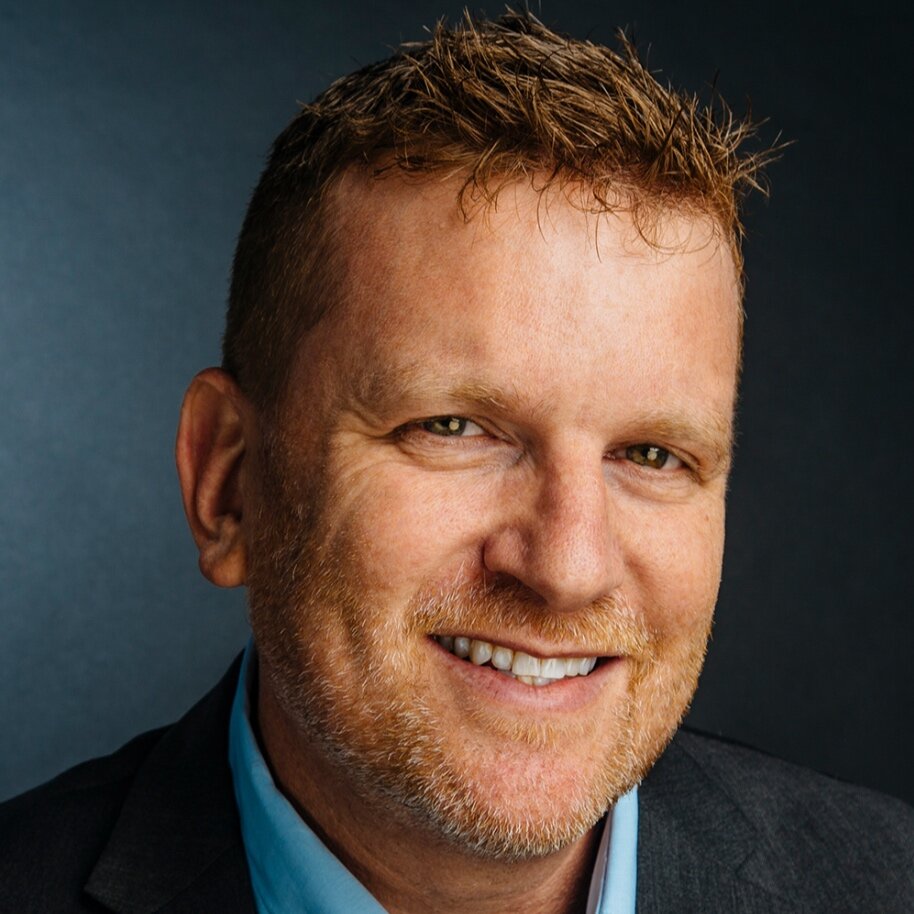Webinar Recap: Creating Connectivity for Audiences During Closure
July 22 (Replay at end of page)
Early in the pandemic ABA partnered with La Placa Cohen and Slover Linnett on a survey to help arts and culture organizations understand what their audiences were going through in this moment. In addition to the quantitative survey, we conducted in-depth interviews with arts audiences to learn more about their engagement with digital content from arts organizations. We used the “Jobs to be Done” interviewing technique, which in simple terms, seeks to understand the progress people are trying to make in their lives in a given circumstance, and in our case, during Coronavirus.
Our interviews revealed many new jobs that have emerged in the pandemic and several jobs that have increased in importance. To identify where arts organizations have the greatest opportunity to deliver value to their audiences during this time, we looked at these jobs on two dimensions: 1) the urgency of the need for this job compared to pre-pandemic levels and 2) how much people are currently relying on arts organizations to help them fulfill that need. This led us to four buckets of jobs:
Less urgent jobs that people are fulfilling with the help of arts organizations. Examples include being entertained or having an escape.
Less urgent jobs that people are not fulfilling with the help of arts organizations. Examples include having a deeply immersive experience.
More urgent jobs that people are fulfilling with the help of arts organizations. Examples include giving kids a creative outlet or giving time meaning.
More urgent jobs that people are not fulfilling with the help of arts organizations. Examples include connecting with others socially or connecting with family and friends.
Our survey data from the Culture in Crisis survey really underscored the importance of that fourth bucket that centers on connectivity as a critical job for arts organizations to help fulfill right now. When asked what they miss most about cultural experiences during closure, audience members’ number one response was spending quality time with friends and family. Experiencing artworks or performances in person ranked only 6 out of 10 factors. However, audiences do not feel they are getting this connection through digital cultural experiences right now. In fact, the largest gap in terms of what audience members miss most about cultural experiences and what digital experiences are currently providing is spending time with friends and family. The message from both our data sources is clear: our audiences are craving connectivity, and we are not currently delivering it.
Delivering on Connectivity
Our two guest organizations have made connectivity a prominent part of their digital efforts over the past few months and were gracious enough to share their strategies.
The Geffen Playhouse: The Present
Gil Cates, Jr., Executive Director at the Geffen, shared that prior to Coronavirus, he and his artistic director had been exploring ways to be more connective with their audiences. So when Helder Guimarães, a famous illusionist who had a long-standing relationship with The Geffen, approached Gil and his artistic director with an idea for a virtual, interactive show called The Present, they jumped at the opportunity. Helder’s proposal included a narrative that would tell the story of his own quarantine experience as a child, focusing on the positive things that came out of it such as a stronger relationship with his grandfather, but he would also weave his traditional magic tricks into the performance.
The Geffen decided to run the show as they would a traditional live production – 8 shows a week, dark on Mondays, and 2 shows on Saturday and Sunday. Tickets are limited to 25 people per show and must be purchased 10 days in advance of the show to accommodate the shipping time needed to send a mystery box that is to be opened at showtime. Limiting the audience size to 25 enables Helder to make the experience truly interactive – he calls on all audience members at least a couple of times during the Zoom-based performance. Beyond the connectivity offered through the interactive show, Gil said one of the most valued parts of the experience is the “virtual lobby” that participants can join both before and after the show. It gives audience members the chance to “bump into someone” or connect with a family member in a shared experience. The Present has seen outstanding success. The Geffen has extended the show three times and now plans to run it until October 10th.
While The Present has generated income for the theatre at a time when it is greatly needed, it has also helped keep the organization’s staff and board engaged during this difficult time. Gil shared that by mimicking the theatrical experience as much as they could, they have brought a sense of normalcy and purpose to a very chaotic period for their staff.
Arena Stage: Supper Club and Marketplace
Khady shared that once Arena realized they would be closed for more than just a few weeks, the organization’s artistic director quickly decided she wanted to create a season of digital content for their period of closure. They decided on the through line of “looking forward” for spring and summer that would include a wide range of content, including dance classes, master classes, online civil dialogues, and more. One of the anchor projects of the season is a production called May 22, 2020. On May 22nd, ten playwrights interviewed ten local residents about the impact of the pandemic on their lives. The playwrights turned these interviews into monologues and Arena filmed actors performing each of them to create May 22,2020.
As the film was being produced, Arena started thinking about which aspects of the traditional live performance they wanted to replicate. One they decided to focus on was the opening night experience, which typically includes dinner, remarks from the artists and writers before the show, and an after party. Arena worked to reimagine opening night in a digital world. They created a “Supper Club” offering, which included dinner delivered to audience members homes prior to the show, an opportunity to hear from the director before the show through a live stream, and access to see the premier of the film before it was released to the public. Arena partnered with 9 local restaurants to create pre fixe menus for attendees. By including a shared meal, a live stream conversation with the producer, and the opportunity to see a completely new work together for the first time, Supper Club created a connective shared experience for audience members.
In addition to their digital season, Arena Stage has been building an artist marketplace since the beginning of the pandemic. Soon after closure they started doing audience check-in calls and heard repeatedly that audience members greatly missed connection with their artists. In response, Arena created an artist marketplace where artists can provide the gift of art for a fee. Arena started with 17 artists participating in the marketplace, and they plan to add ten more soon. There is a wide range of products offered through the site, including concerts, love notes, face masks, and original compositions. Khady joked that while the platform has not quite reached Etsy level, it is providing a unique and meaningful way for audience members to connect with Arena’s artists.
Monetization of Digital Content
Both Gil and Khady emphasized that when they first started building their plans for digital content, monetization was not on the table. Their priority was to continue some level of connection with their audiences. Khady said they included call to actions to donate on all their digital content, but they did not plan to have ticketed experiences. However, as they look ahead, they are considering charging for more high touch offerings, such as Master Classes. Gil had a similar perspective. At the start of the pandemic, they launched Geffen Stayhouse which provides free, original digital content. Even The Present was motivated by keeping the energy alive for staff and audiences. The fact that they could earn revenue from it was a bonus – as Gil put it, “if there is a way to do both, that’s great.”
Advice Moving Forward
At the end of our presentation we asked Khady and Gil for their advice to others looking to build connective digital experiences. Khady shared two key lessons. First, focus on quality over quantity in terms of the number of attendees and the number of activities. She recommends being mindful of the quality of the work and the level of connection you can have with audiences. Second, work to find opportunities to bring together groups for conversation. Rather than doing one on one check in calls between the organization and an audience member – bring together a group of 8 to 10 people for a check in call. People love this type of peer to peer interaction.
Gil gave the wise advice to use what you have in your toolbox. Every organization likely has a unique way they can deliver on the experience of connecting. Now is the time to experiment and try new things.




